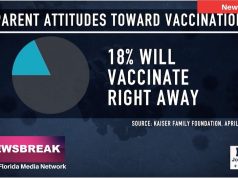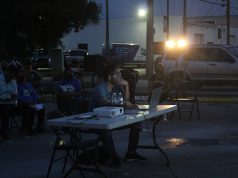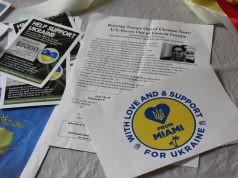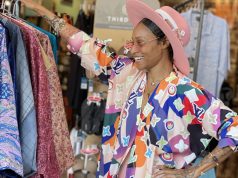Even during a global pandemic, Miami is a hotspot for tourists. South Beach has seen a steady increase in tourism since Mayor Carlos Gimenez allowed the county to enter Phase 2 in June. This is welcome news for local businesses that have suffered throughout the lockdown period, but is also a cause for concern, considering that Miami-Dade County is an epicenter of coronavirus infection.
With a statewide total of more than 620,000 COVID-19 cases, Miami-Dade has far outpaced other counties, accounting for more than 155,000 cases. Runner-up Broward County has reported less than half of that number. But these staggering statistics don’t seem to be preventing tourists from planning a getaway to Miami.
The peak of the mayhem of tourists bombarding South Beach is usually around 2 p.m. on the weekends. By that time, the majority of street parking spaces on Collins Avenue are already taken. Small lots that allow vehicles to park bumper to bumper are also likely already at maximum capacity, which leaves tourists riding around in their rented convertibles blasting music for the next 45 minutes before deciding to pay for valet parking.
But not every tourist endures the struggle of finding parking that is also a reasonable price. Engeles Monte De Ocha and his group of five from Boston, Massachusetts used Lyft as a method of transportation to get around Miami.
The state of Massachusetts has recorded 119,000 COVID-19 cases — less than the number of cases in Miami-Dade County — despite having a population of almost 7 million.
“My friends have been here a couple of times before me,” said Monte De Ocha. “We all planned this trip at the beginning of the year for spring break, but you know we had to make some last-minute arrangements since this pandemic messed everything up. But we’re here now trying to live our best life.”
Monte De Ocha and his friends were heading over to the beach to join the crowd, which was in the hundreds. Some were tanning and relaxing while others were cooling off in the water.
Despite a government mandate, not everyone was wearing a facemask. Also, social distancing was not being practiced. There were small congregations of people who were less than six feet away from other groups. Scenes like these have been cited as contributing factors as to Miami-Dade’s high numbers of cases.
Among the beachgoers was Samson Bleus, who was enjoying the place in a different way by doing his routine mile run on the sand.
“I always have my mask on me because it’s just another item you have to take when you leave the house,” said Bleus. “And since I’m running, the only person that so happened to get close to me is you, but you have your mask on at least. The problem is the tourists that don’t follow the rules because they feel as though they don’t apply to them since they’re not from here.”
With many businesses operating at only 50% capacity, tourists form lines with wait times as long as 30 minutes to an hour. Social distancing was not being practiced while waiting in those lines either.
But many argue that tourism during these unprecedented times is necessary despite the risks.
Aside from agriculture, tourism is the largest industry in Florida. In 2018, Miami tourism broke records with 23.3 million visitors, according to the Miami Herald. Tourists spent an estimated $18 billion and the average occupancy rate for hotels across Miami-Dade County increased to 76.7% percent.
Of course, those numbers are expected to decrease tremendously this year due to the three-month lockdown issued by Gov. Ron DeSantis back in early March, but businesses have been rebuilding at the same pace as tourism.
One store that thrives off tourists is the chain of Surf Style shops. They sell Miami Beach merchandise such as shirts, hoodies, key chains and basically anything pertaining to South Florida.
Orlando Herena is the overnight manager at the Surf Style shop located on 1155 Collins Ave. and has witnessed quite a bit of the action over the past few weeks.
“I mean I’m just dumbfounded,” said Herena. “Just take a look at the traffic, it’s a whole lot of people here. Tourists have been buying our masks to walk around and our merchandise to bring back home. I guess they’re willing enough to risk their health just to come to Miami.”
Restaurants have also benefited from the tourists who are eager to get a taste of the different cultures South Florida has to offer.
The more tourism increases, the more income businesses generate, reconstructing the county’s economy. However, the downside is that tourists can bring the virus here or contract the virus here and infect others back home.
If Miami Beach law enforcement wasn’t pulling over reckless drivers for speeding or placing handcuffs on tourists for brawling, they were ensuring everyone was wearing their facemasks. Officers even performed acts of courtesy by giving masks to people who didn’t have one.
Walking up and down Ocean Drive on South Beach was one of the 6 elected Miami Beach commissioners, Michael Gongora. He was accompanied by the Police Chief Richard M. Clements.
According to Gongora, the city has already taken significant steps.
“It’s alarming seeing people without masks and there’s a fine in Miami Beach of $50 which we’re going to have to start enforcing if people don’t get the message,” said Gongora. “We’re not sure how long this is going to last, but if infections continue to rise the city will take more drastic actions.”
































